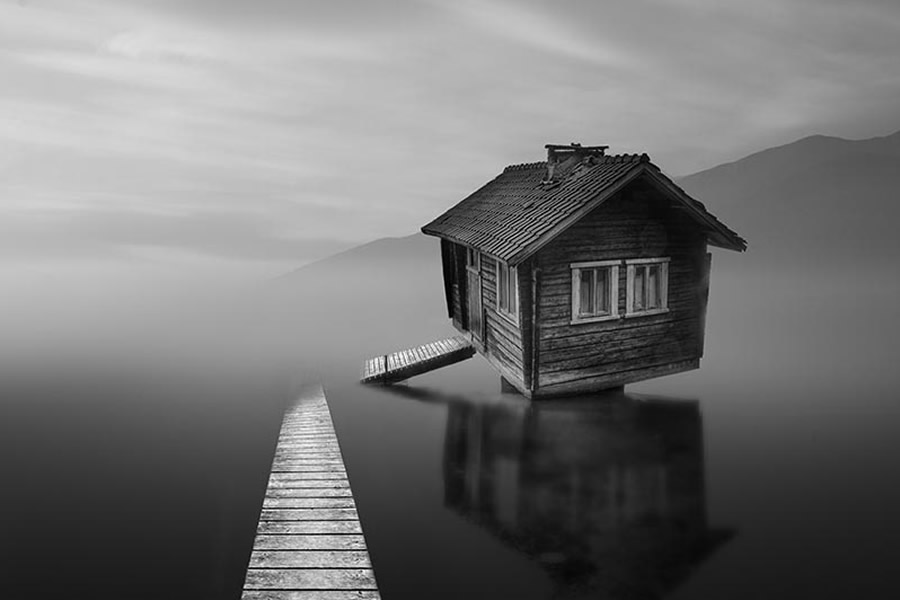Right from the early stages of photography, Post Processing is an essential word for its wonderful phenomenon in creating a photographic masterpiece. In the art of Photography, many photographers have mastered this art of processing too which is much evident in their photographs. In early days it was the print processing which was usually dodging and burning, simply by reducing the amount of light falling on the desired area of an image(burning) and dodging was achieved by exposing an image to the light while the other areas was covered. Similarly, filters were also used. They varied the materials from plastic to paper to gain contrast.
In short, it required more skills than just photographing a good scene and the same is the bottom line even today in our digital Photoshop era. In this article, we have elaborated on the values of processing a picture, what to expect and what not to.
Photos by Ashok Saravanan Ay
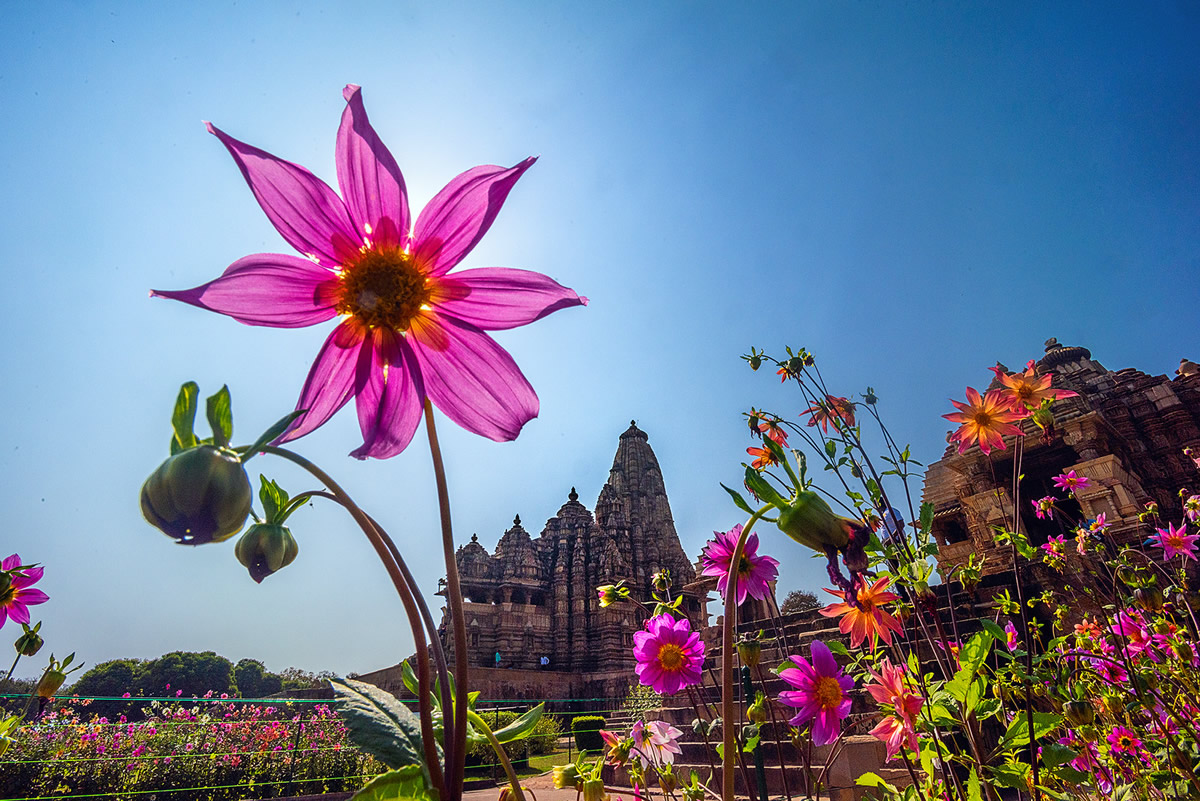
To begin with, We put forward a question to you, why would you process a picture?
Unlike film cameras, which required definite processing within various levels and scales in darkroom, our digital cameras do produce a considerable amount of properly balanced pictures straight out of the camera. Depending on the make of the camera, the image quality does differ but arguably producing eye catching pictures even without any corrections on the image editing software, when shot with proper light & apt camera settings.
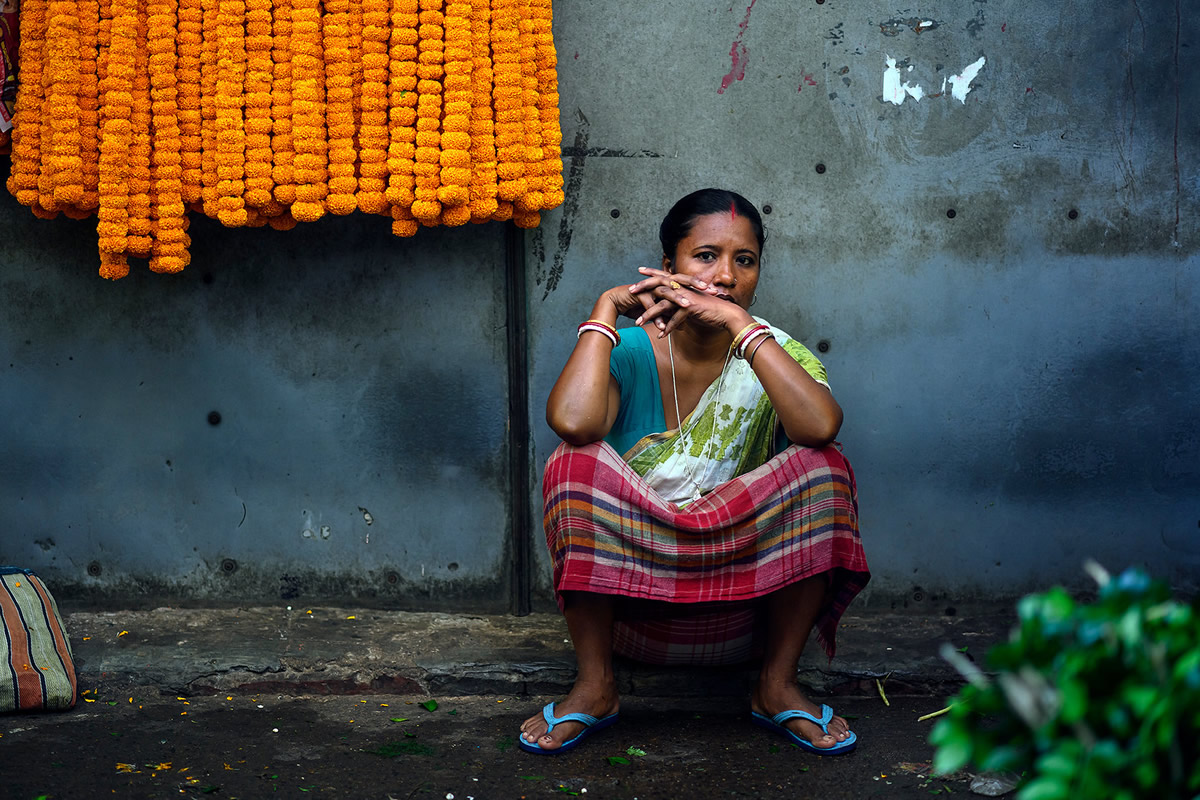
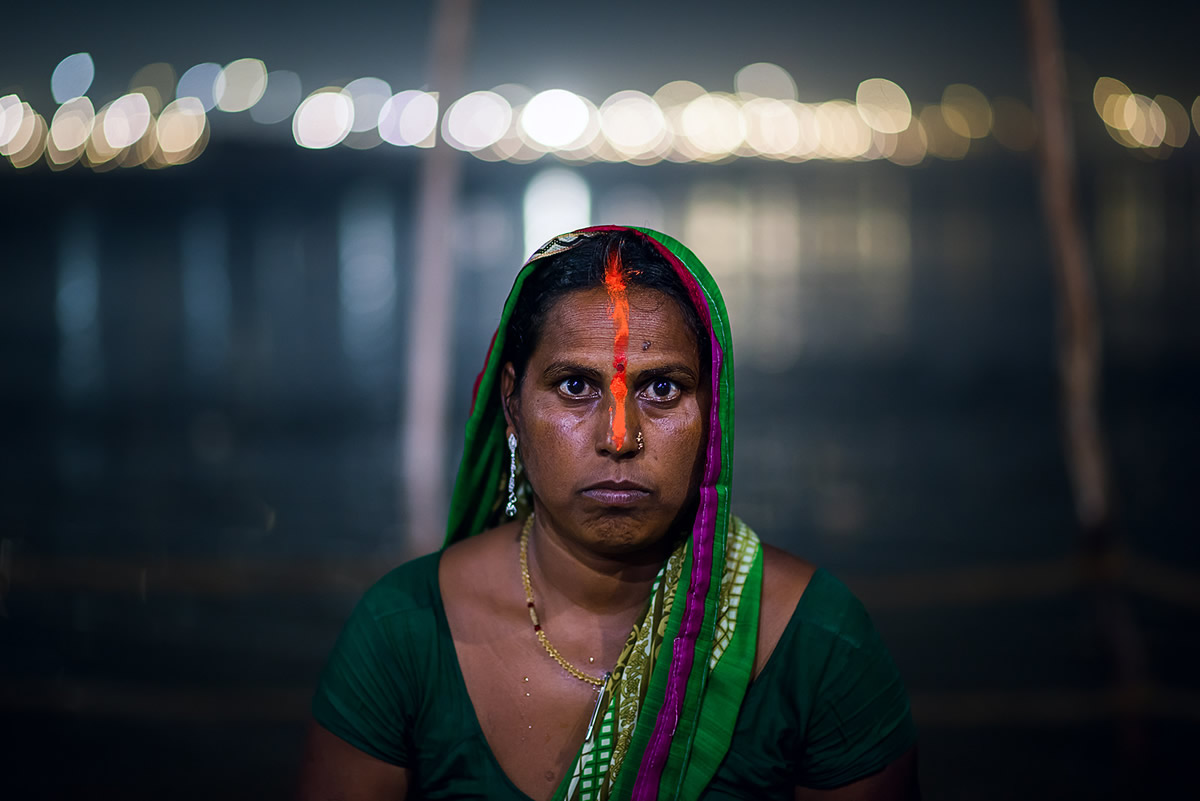
It is solely up to the photographer/artist to determine what has to be achieved in addition to the already balanced picture from the camera.
Considering, you are about to process a picture, there are two basic options to pin down.
- Getting the photograph, look close to reality (or)
- Dramatizing the photograph, and making it look surreal.
One can choose either one of these or fall in between these two different patterns, but make sure you do not process a picture just because it has to be done. At times people process a picture hours together to get wonderful result, sometimes things may reach perfection within minutes for which the artist need to ascertain the needs and vision before he/she tunes in the sliders of Photoshop.
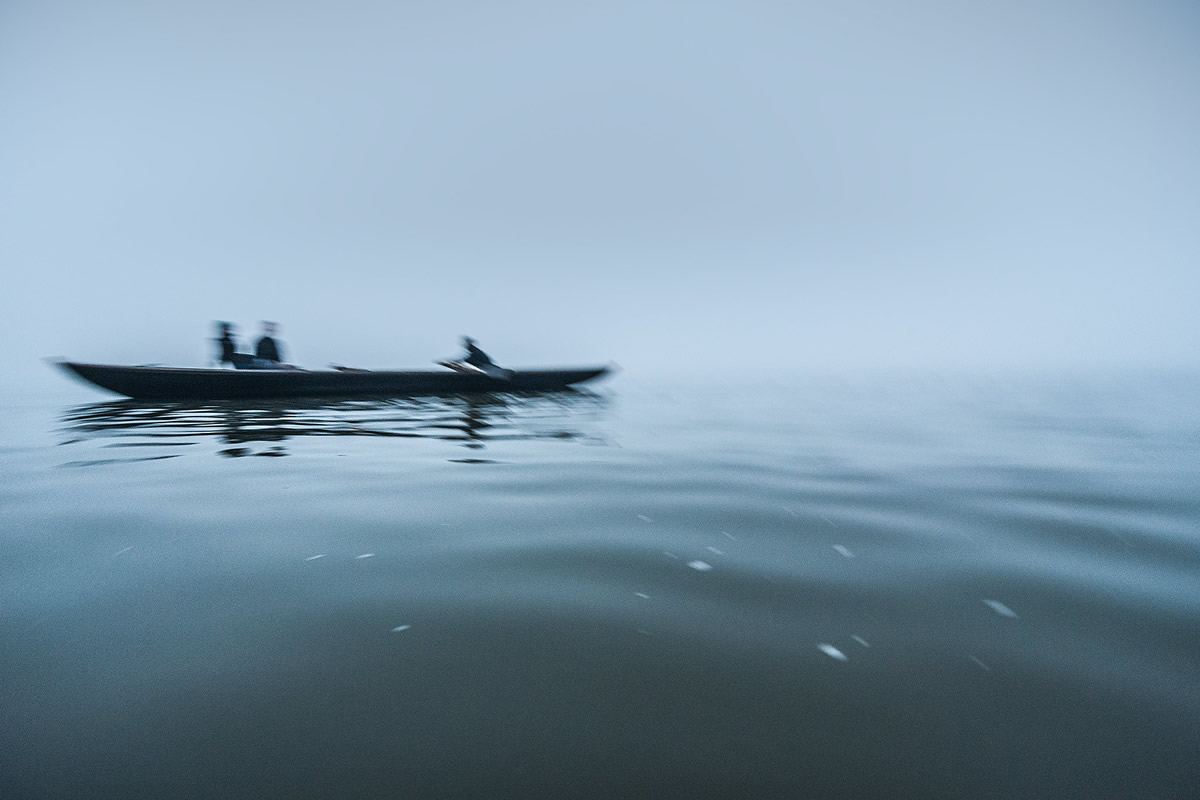
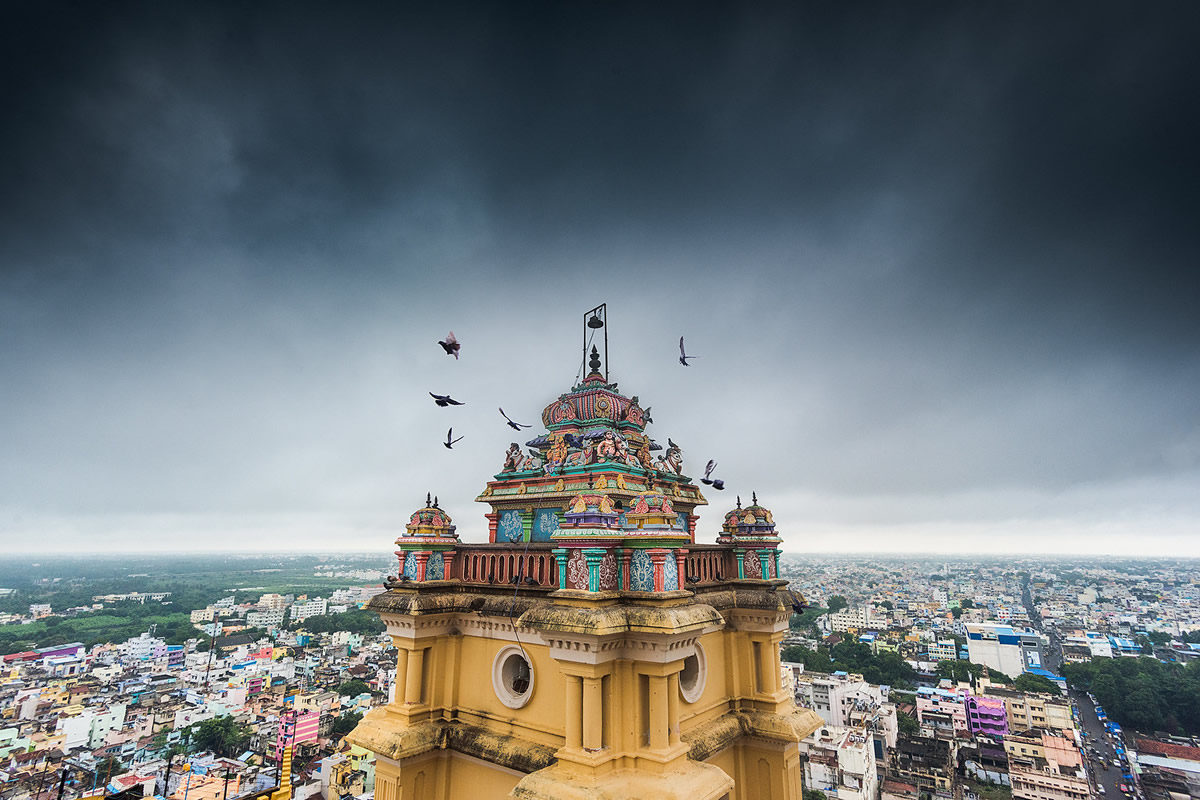
Do’s for Processing a Picture
- Have a vision before you start processing it can reduce your processing time.
- Previsualise a picture before you even open Photoshop.
- Taking a Picture is just half the job done, the next step is presenting it with the same strength and depth through your processing.
- Be Creative, Processing is itself an art which can never be taught or copied. Of course get to know/learn the tools from Masters of Photoshop but it is up to the artist within you to start using them as you would like to create.
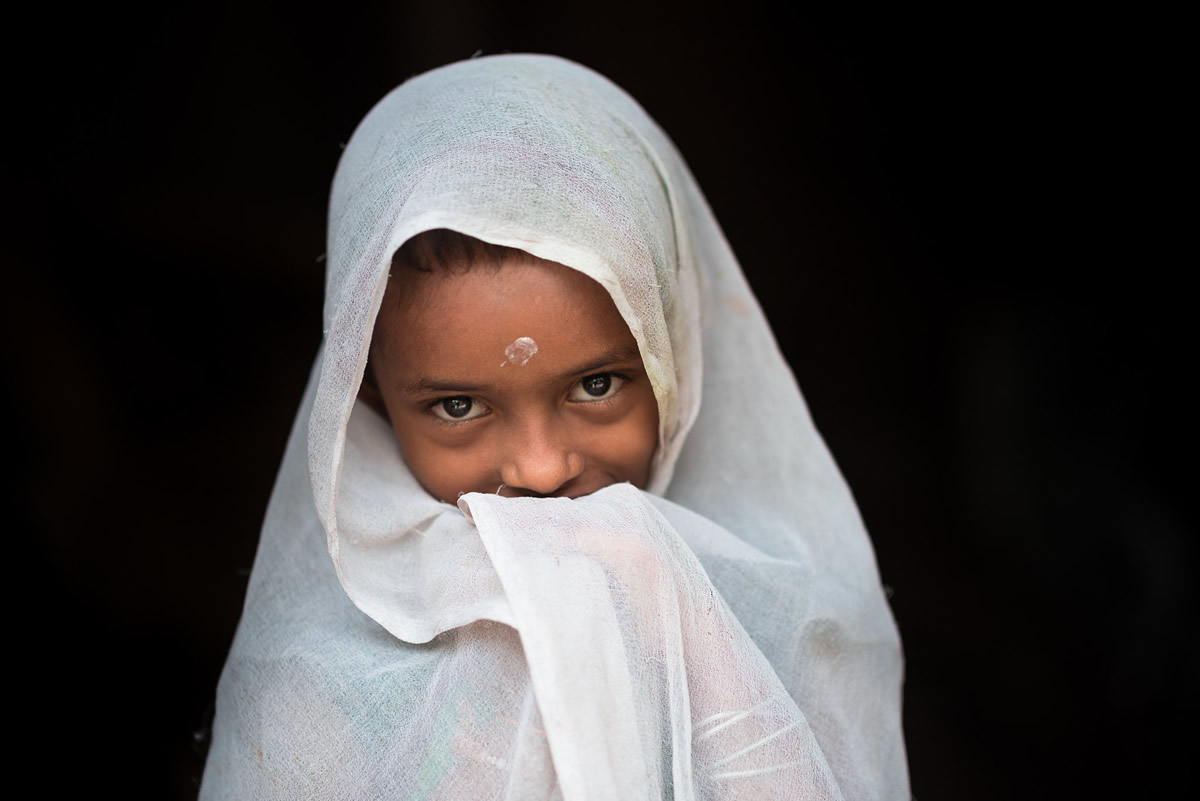

Dont’s for Processing a Picture
- Do not try to imitate the processing style of others, yeah at times it might work but their style may not suit your picture.
- Do not try to save a bad picture with post processing.
- Make sure processing doesn’t take the essence of your original picture. Too much of sugar, you know.
- With these advanced photo editing packages available today, lets not over do it or kill the art of photography itself.
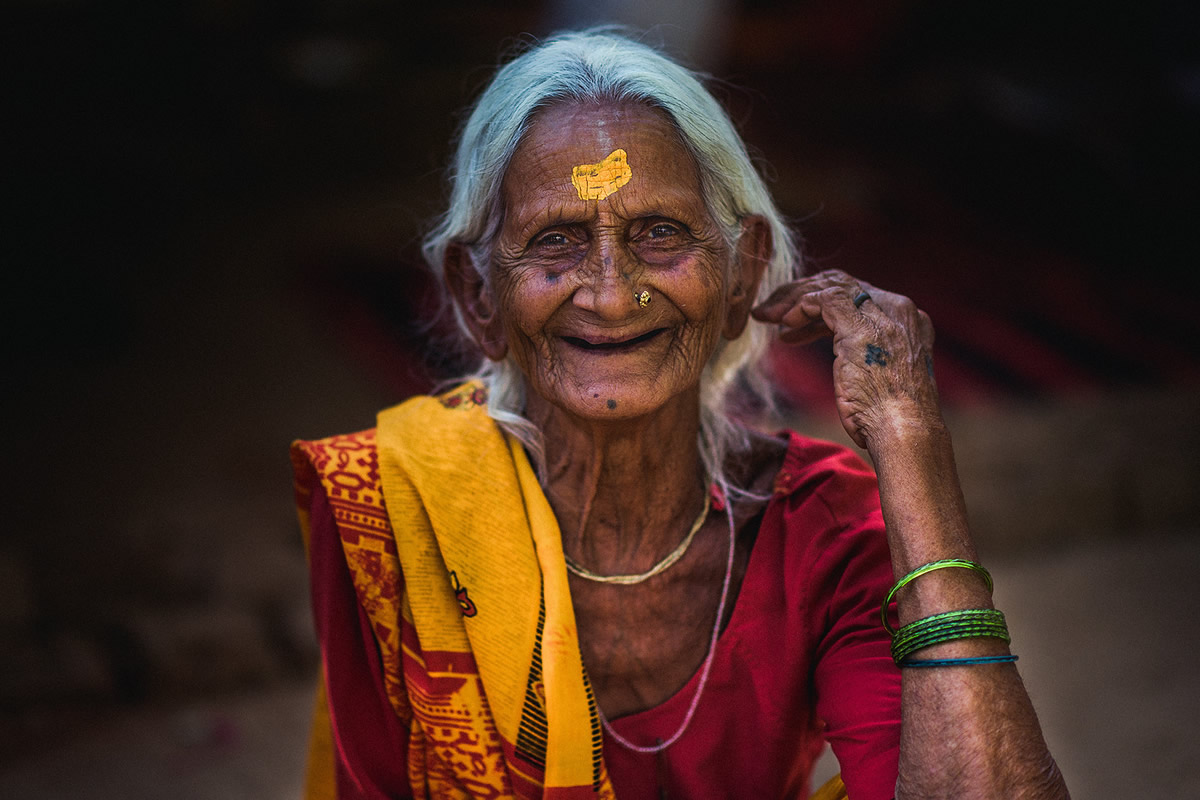
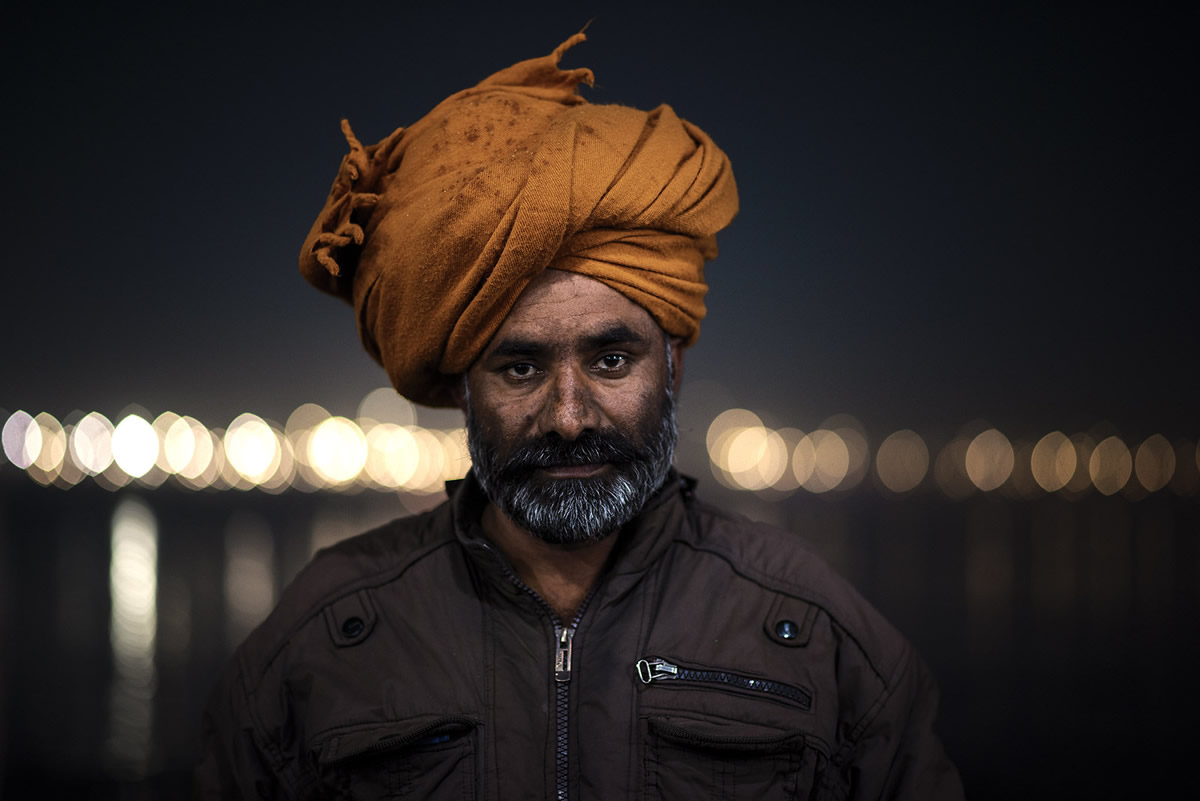
Conclusion
- Practicing this delicate balance in your pictures can do wonders to your photography. Always do remember that processing should aid a picture to make it more interesting and not the other way around.
- And finally People should enjoy your pictures rather than your processing. and again processing is not something to be proud of than being a photographer itself.

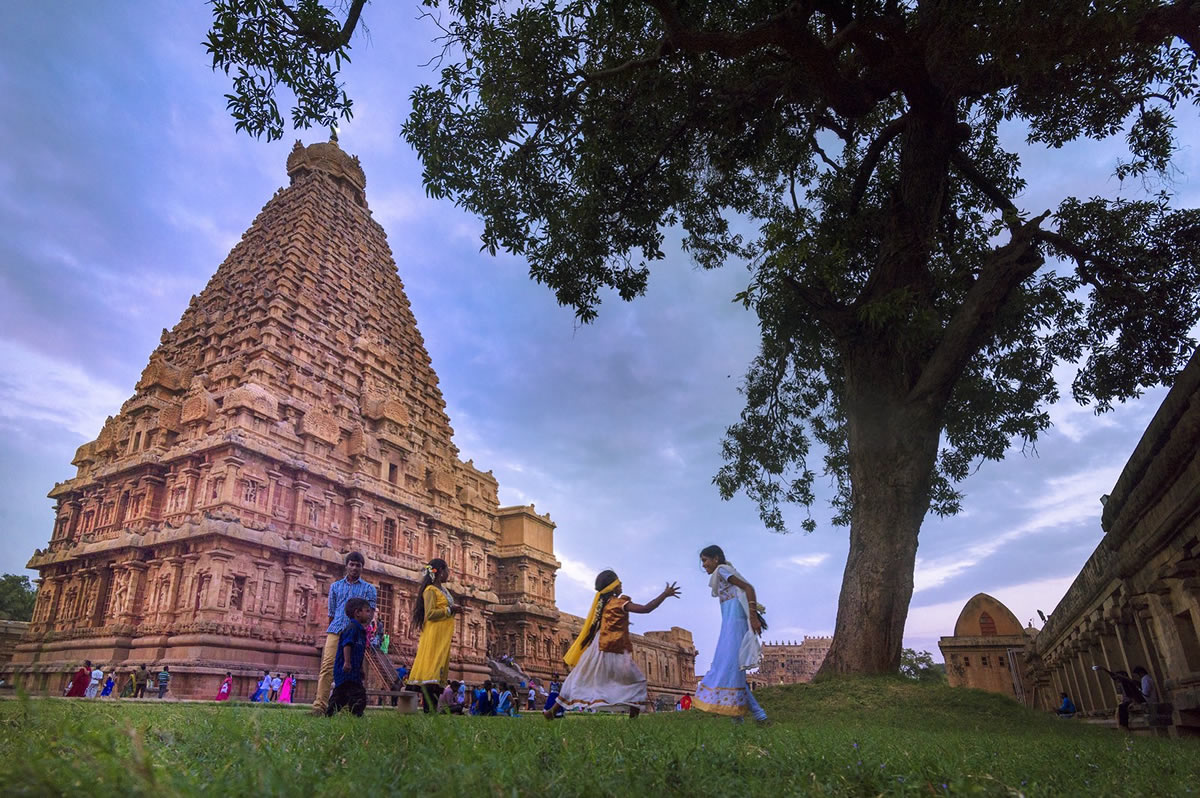
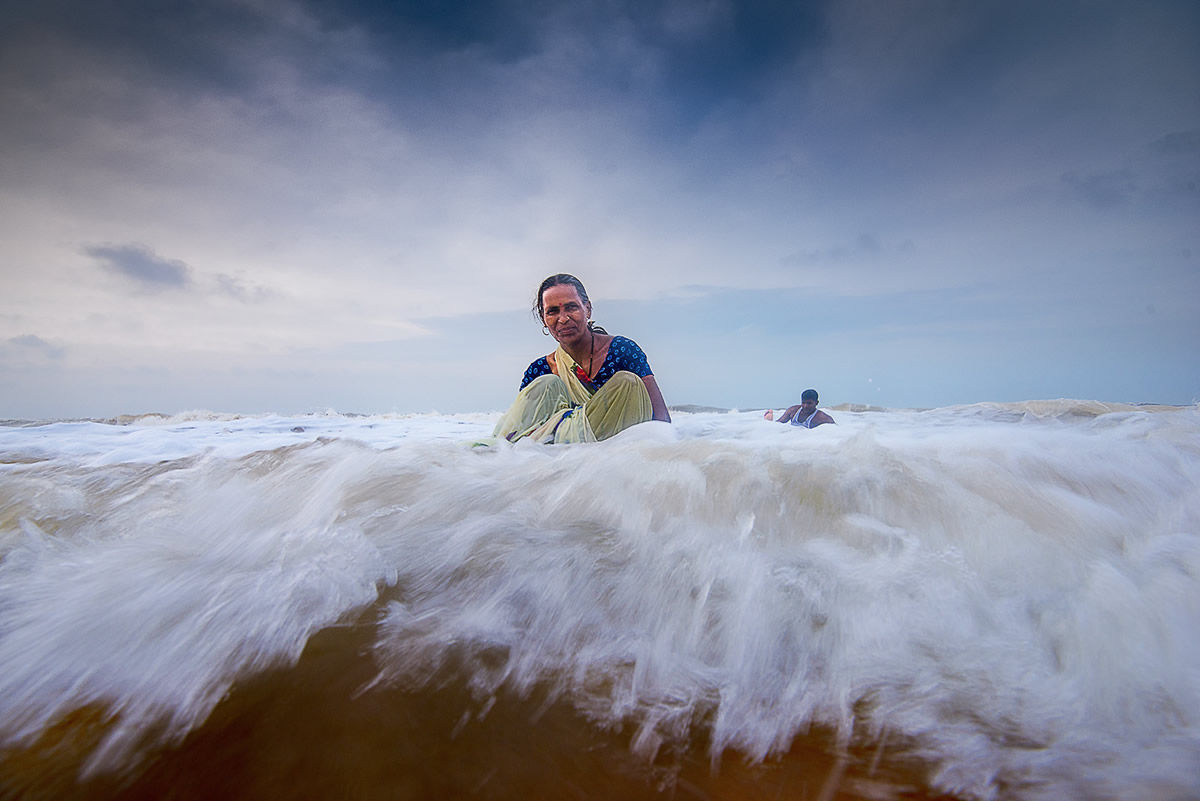
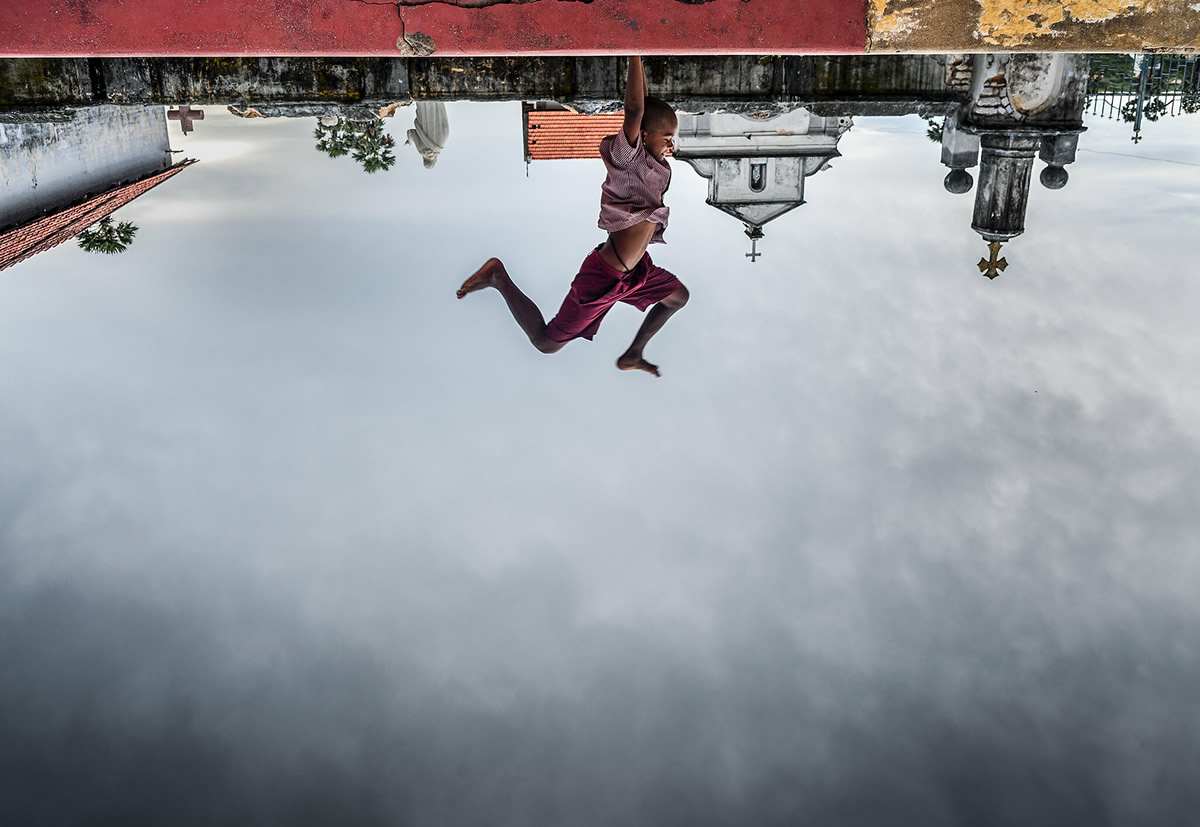
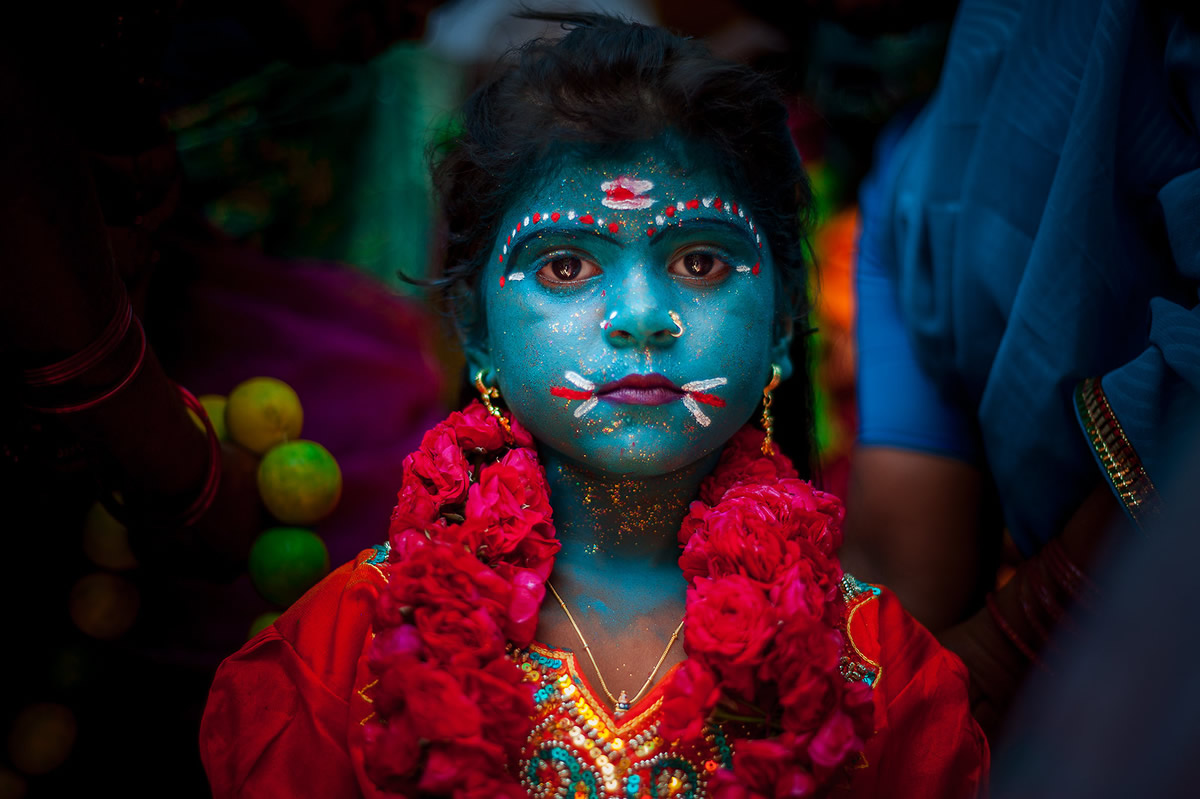
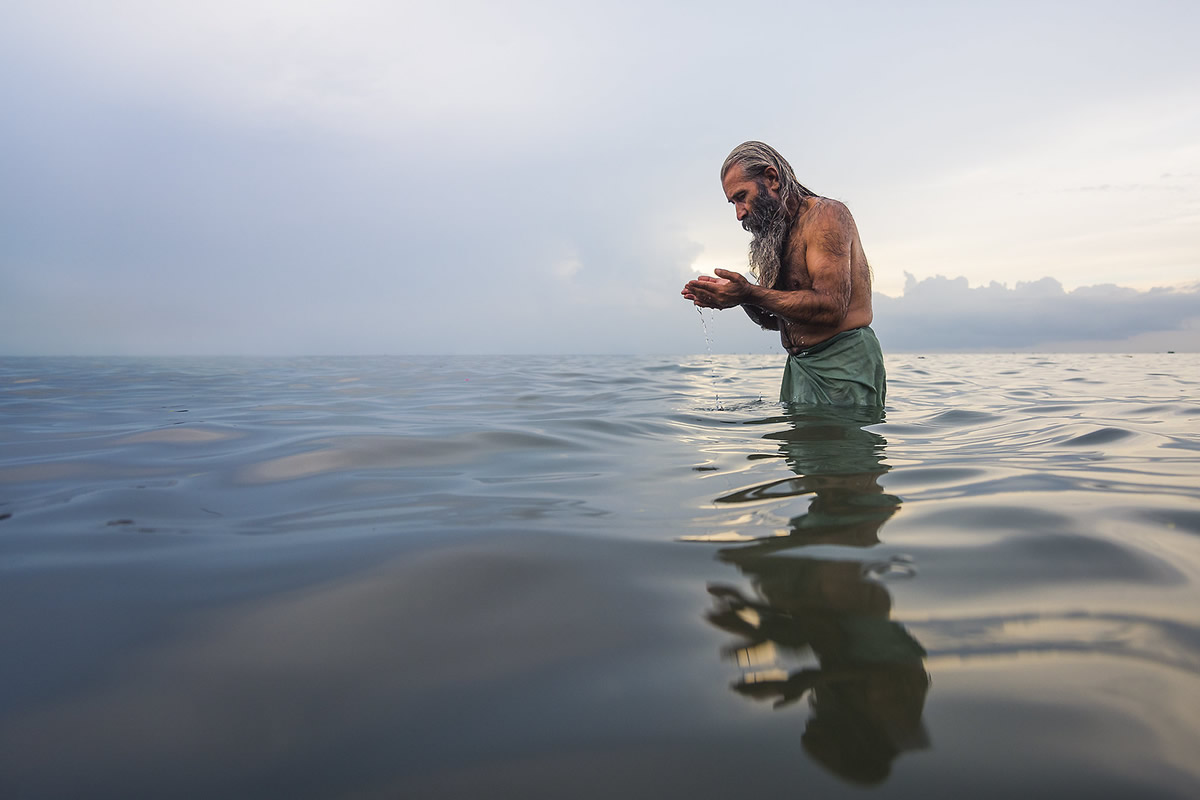
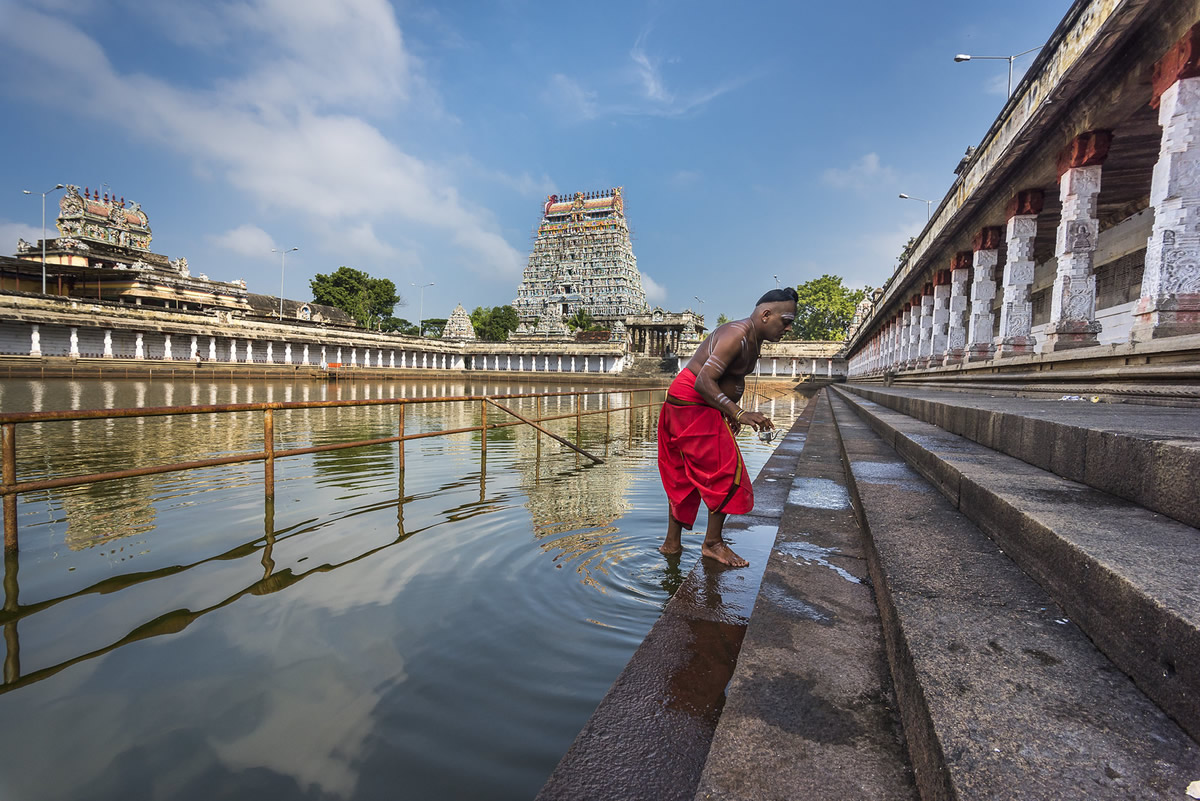
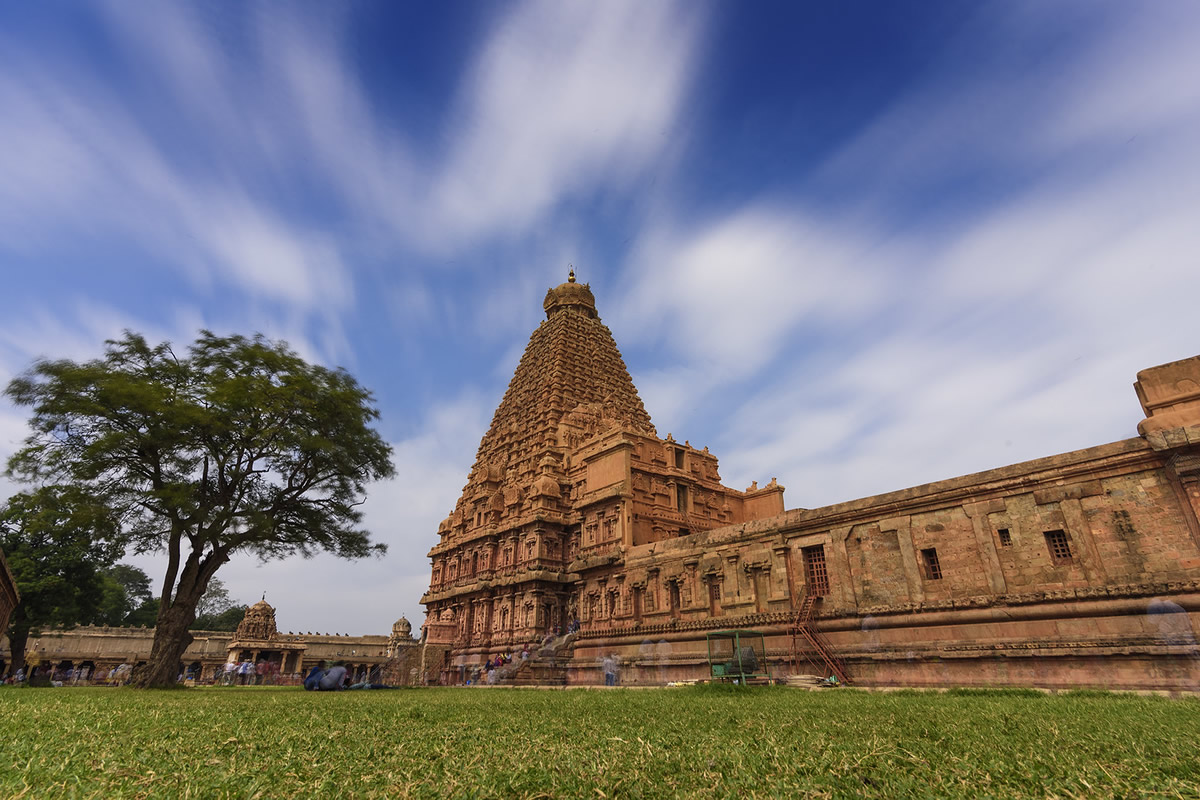
More Photography Tips and Tutorial Articles:
- The Secret to Creating a Great Image By Cole Thompson
- 5 Things To Keep In Mind If You Are Planning To Quit Your Job For Photography
- 5 Brilliant Tips To Fight Your Fear In Street Photography
- 5 Questions To Ask Yourself Before Pressing That Shutter
- 5 Ultimate Reasons Why Photography Is Meditation
- Elevating Yourself – 5 Amazing Tips For Any Photographer










